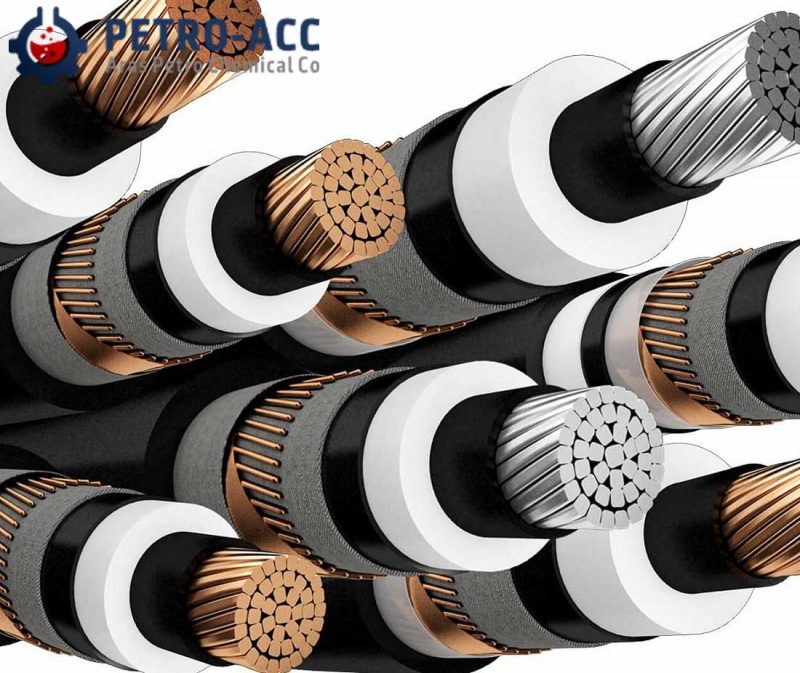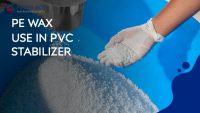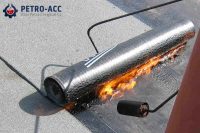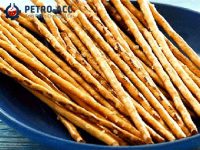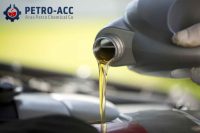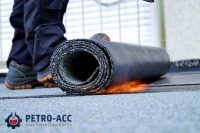PE wax for cable wires is often used as a processing aid in the production of cable wires. Its primary purpose is to reduce friction and improve the flow of the cable material during extrusion, which can lead to a smoother surface finish and improved cable quality.
PE wax can also act as a lubricant during the wire drawing process, where the cable is pulled through a series of dies to reduce its diameter. This can help to reduce wear and tear on the equipment and improve the overall efficiency of the process.
In addition, polyethylene wax can improve the electrical properties of the cable by reducing the formation of microvoids and improving insulation resistance. This can help to prevent electrical leakage and ensure the safe and reliable operation of the cable.
The use of PE wax in cable wires can lead to improved production efficiency, better cable quality, and enhanced electrical performance.
BENEFITS OF USING PE WAX IN CABLE WIRES
Here are some benefits of using PE wax in cable wires:
- Lubrication: polyethylene wax acts as an excellent lubricant in cable wires, reducing friction and wear between wires, and making cable production smoother and more efficient.
- Improves flexibility: polyethylene wax helps improve the flexibility of cable wires, making them more pliable and less prone to breaking or cracking.
- Heat resistance: PE wax has high melting and softening points, which makes it suitable for use in cable wires that are exposed to high temperatures during their use.
- Moisture resistance: PE wax is resistant to moisture and water, making it ideal for use in cable wires that are exposed to humid or wet environments.
- Electrical insulation: PE wax is an excellent electrical insulator, which helps prevent electrical interference and ensures the smooth transmission of signals in cable wires.
CABLE WIRES PRODUCTION METHODS WITH PE WAX
Cable wires are typically produced using various methods, including extrusion, stranding, cabling, and coating. PE wax, which is short for polyethylene wax, can be used in the production process as a lubricant or processing aid.
Here are some of the ways in which polyethylene wax can be used in cable wire production:
- Extrusion: PE wax can be added to the polymer melt during extrusion to improve the processing properties of the material. The wax acts as a lubricant, reducing friction and shear forces during the extrusion process, which can lead to an improved surface finish and reduced defects.
- Stranding: PE wax can be applied to the individual strands of a cable wire to improve their flexibility and reduce friction between the strands. This can lead to improved mechanical properties and easier handling of the wire during installation.
- Cabling: PE wax can also be used in the cabling process to reduce friction between the individual cable wires and improve the overall flexibility and handling of the cable.
- Coating: PE wax can be used as a component of the cable wire coating to improve the adhesion of the coating to the wire surface and to reduce friction during installation. This can lead to improved durability and reduced wear and tear on the cable wire.
Overall, the use of PE wax in cable wire production can lead to improved processing properties, mechanical properties, and durability of the final product.



